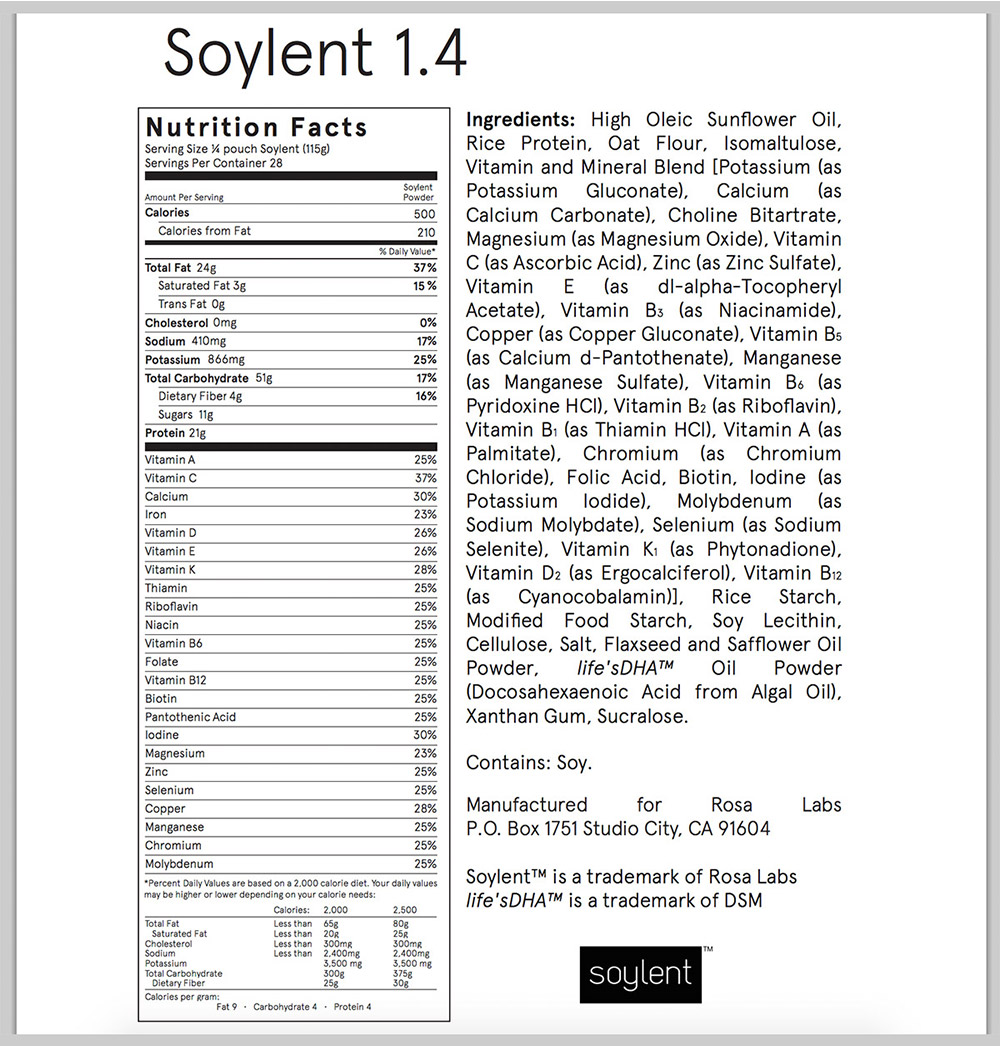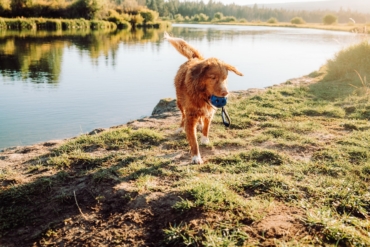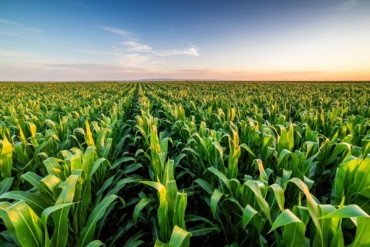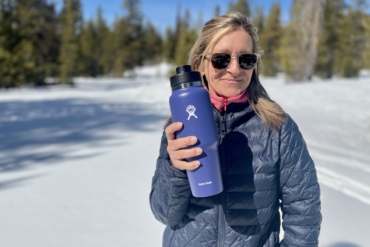[leadin]It’s day three of my no-food challenge. I pour my slurry and tip a glass, the substance hesitates then oozes down. Soylent, a powder-based product, tastes like a mild pudding on my tongue.[/leadin]
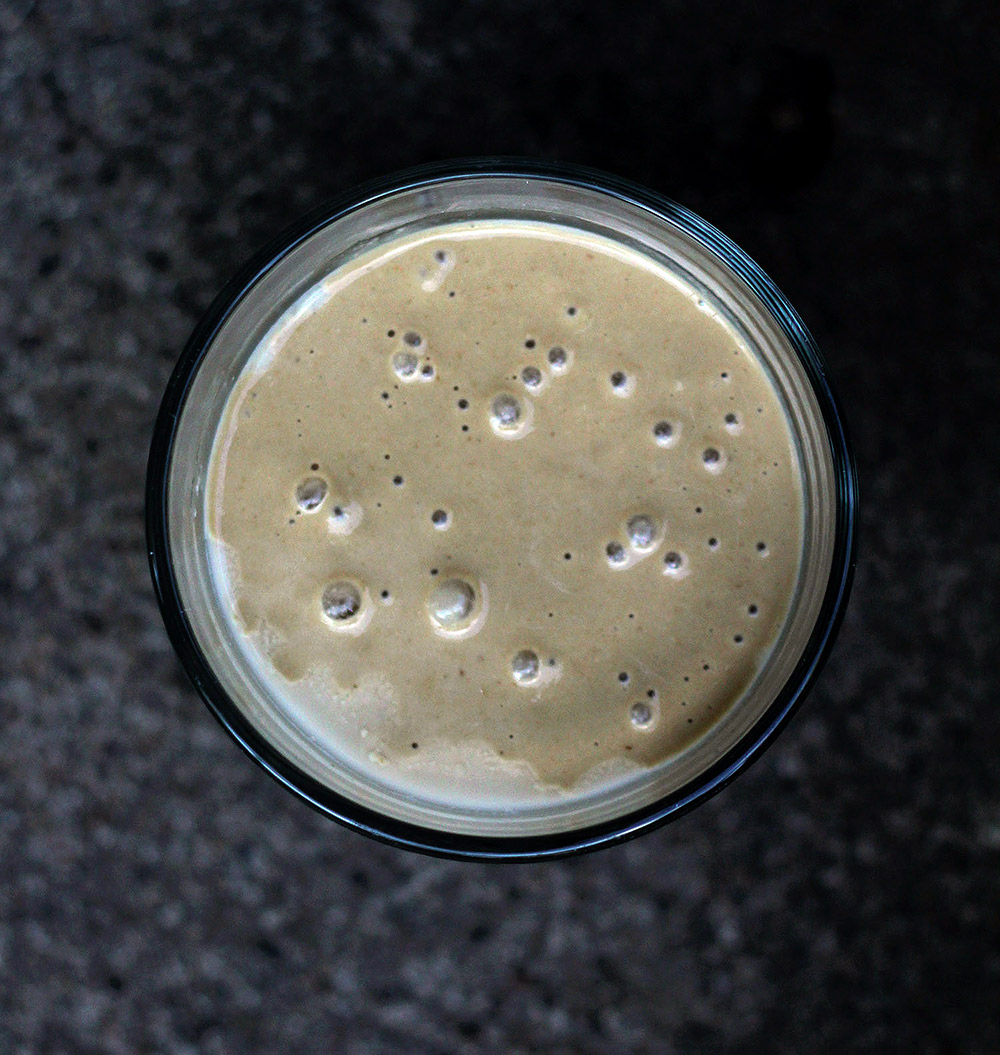
It mixes with water to make a smoothie of rice protein, oat flour, folic acid, soy lecithin, and dozens more ingredients. There’s a subtle sweetness then something bready, a flavor that conjures licking pancake batter from a spoon.
Down my throat, into the stomach, into the bloodstream. The vitamins, minerals, carbs, fats, and proteins are taking effect. Then I am off to my day, riding a bike, working, and, in the afternoon, a 5-mile run.
Could an active person live off Soylent alone? I would give the meal-replacement product a three-day test to start.
Food Of The Future?
Invented in 2013, Soylent is advertised as a perfect food. Or “non-food,” perhaps — Soylent stands in for sandwiches, cereal, meat, and even fresh fruit.
It came to market with big claims and a huge vision. The lab-built sustenance could change a person or change the world, creator Rob Rhinehart preached.
Meal-replacement powders are not new. But Soylent’s claim is that it can replace all meals — Rhinehart lived for 30 days off the stuff during an initial trial.
Some people go much longer, eating Soylent and nothing more, and living what they report to be normal, healthy lives.

All nutritional requirements for an average adult are covered in Soylent’s stew, the company states. It’s made to let people feed themselves quickly, economically, and with little waste.
Broader, Soylent was designed to feed the masses of the planet on a product that’s less reliant on agriculture and other resources-heavy institutions of food.
A week’s supply costs $85; a month, with 112 pouch-meals, is $300. Each daily pouch has 2,000 calories and is based off a carbohydrate/fat/protein ratio of 43/40/17. Most common vitamins and minerals are included.
Soylent is made in a science lab. The company, Rosa Labs, headquartered in Los Angeles, releases the mixture in versions, like software updates, currently on Soylent 1.4.
It uses no animal products but is not certified organic and does contain genetically-modified (GMO) as well as natural ingredients.
The current recipe, developed under the guidance of a professor of medicine at Columbia University, is approved as a food by the Food and Drug Administration.
You will need to research and read to get into details on the nutritional back story and the utopian visions; there’s not enough space here, but you can start by looking at the company’s About page. The powder’s rising popularity and the startup company’s success, including tens of millions of dollars in venture funding, hint that Soylent is here to stay.
My Test
A three-day test is paltry compared to individuals who go for months on the stuff. But even 60+ hours feels like a long time for a Soylent newbie like me.
It started on a Thursday. I mixed the concoction by hand, shaking the powder in a pitcher with water for a minute before I drank. Breakfast was easy, and I “ate” my Soylent with a mug of coffee before packing a bottle of it for work.
Lunchtime was liquid, which is new for me. But the mild taste and stomach-filling nature of Soylent satisfied. Later in the day, after my usual 5-mile afternoon run, I began to crash.
I craved more Soylent, but alas my work bottle was empty. I ordered a sandwich and vowed to start fresh on Friday.
The next three days went better, and for nine meals in a row I did not touch regular food. I brought more Soylent to the office, and I kept a batch at home ready to drink at all times.
Instead of meals, I drank it whenever hunger hit. The thick sludge fills you fast, and after a cup I did not crave anything more. In short, it was working.
The taste is an acquired thing, though I took to Soylent pretty quickly. A hint of chalk was the least palatable part, but letting Soylent sit in the fridge and congeal a bit improved the taste.
I also found a blender, as opposed to hand mixing, creates a creamier Soylent that is easier to put down.
Conclusions
Overall, I felt good, healthy, and clear-headed. The no-food trial was weirdly satisfying. I was able to work, run, bike, manage my kids, and be less concerned with eating and the chore (and time suck) that it can be.
For use beyond normal life, including camping or backpacking, Soylent could work. The powder is not particularly high-calorie for its bulk, and with water added it can spoil if left unrefrigerated. But for day-long outdoor activities I plan to take Soylent as a quick, hunger-quenching fuel.

I drank the Kool-Aid, it seems. I’m not quitting food, but I do like the Soylent solution on a few levels. It’s fast, easy, affordable, and the flavor is so even-keeled that I can literally drink it for days.
My Soylent box is now empty. I already put in an order for more.
